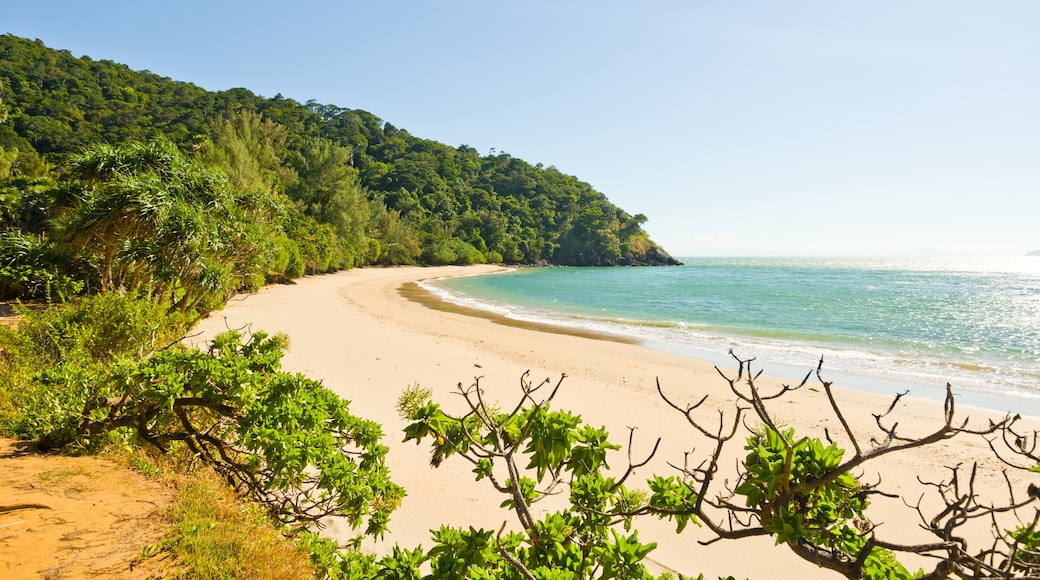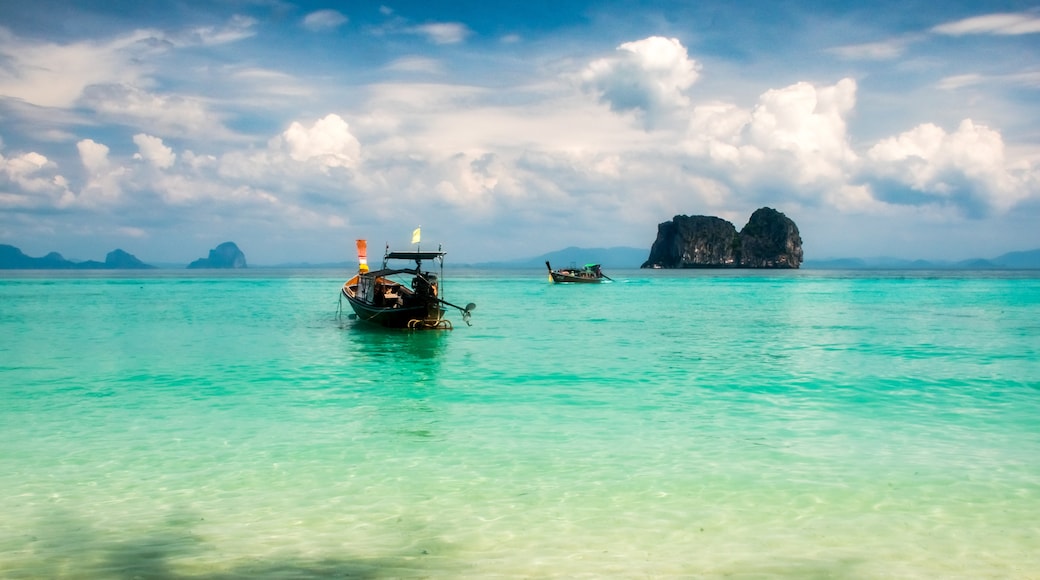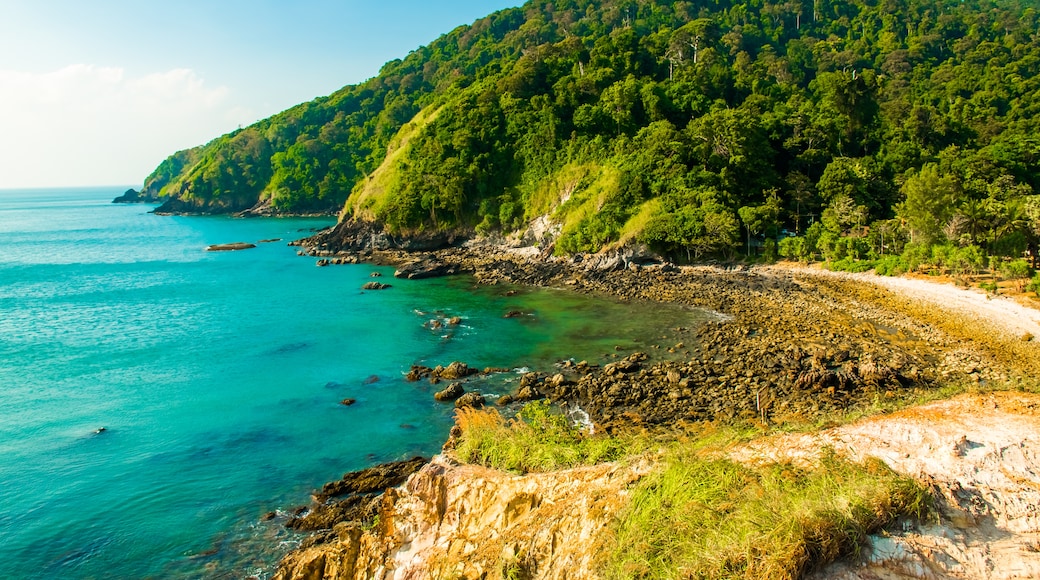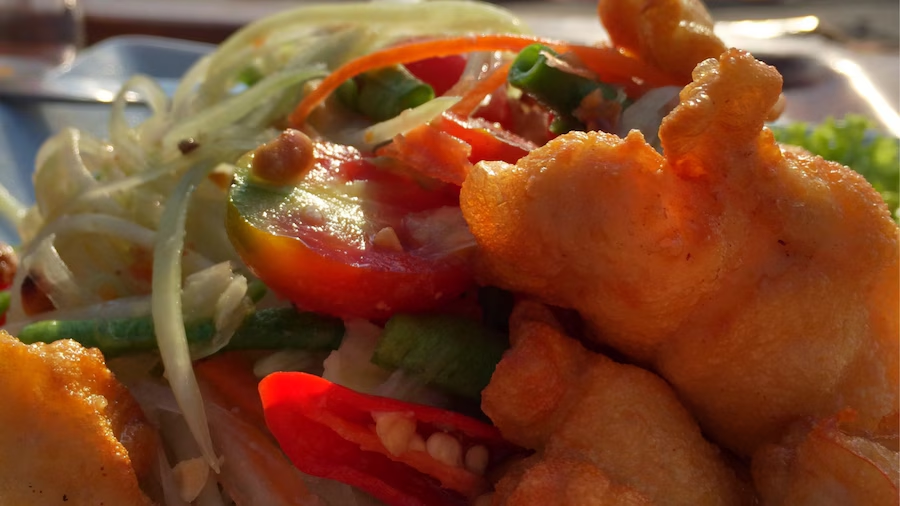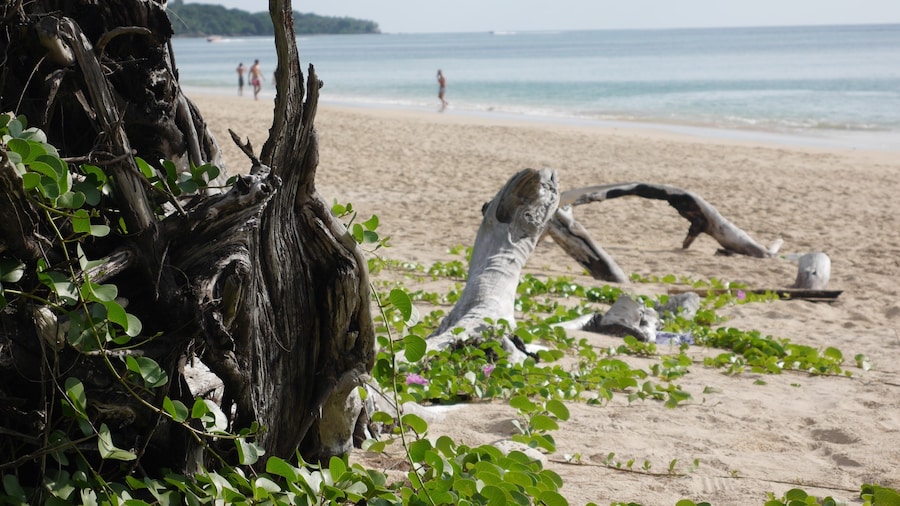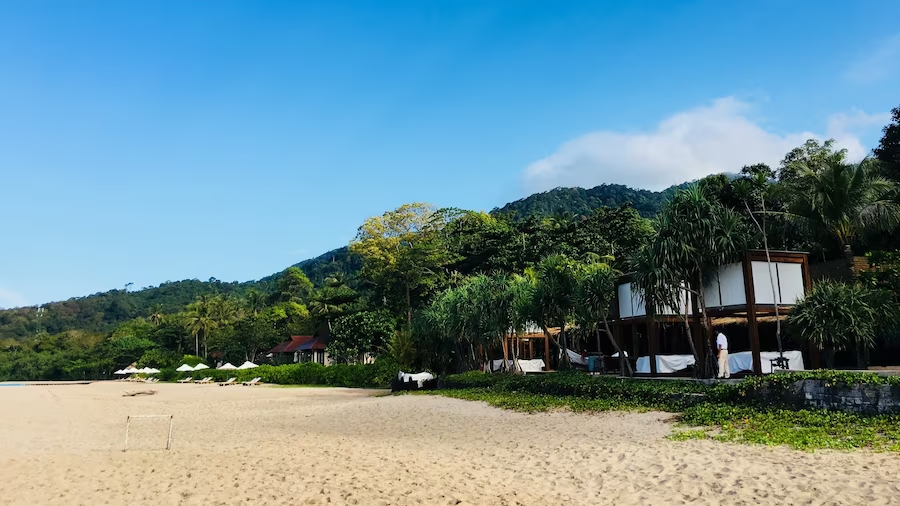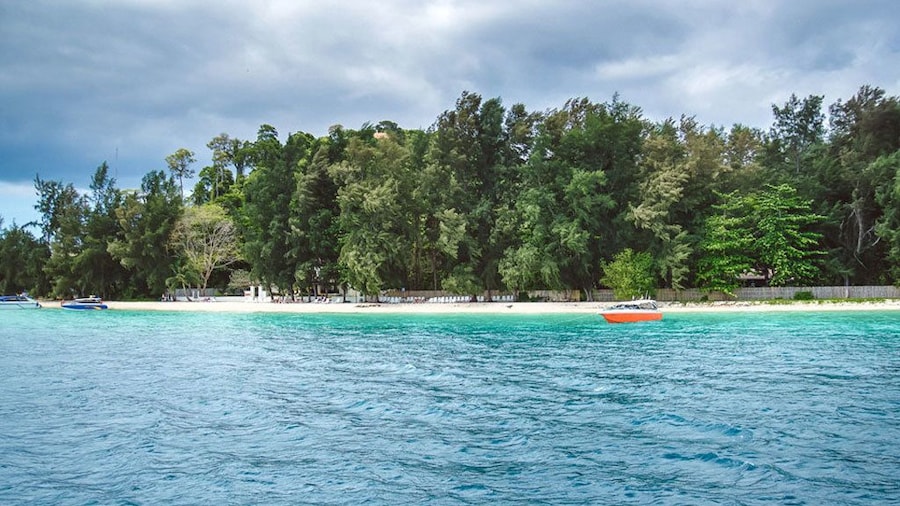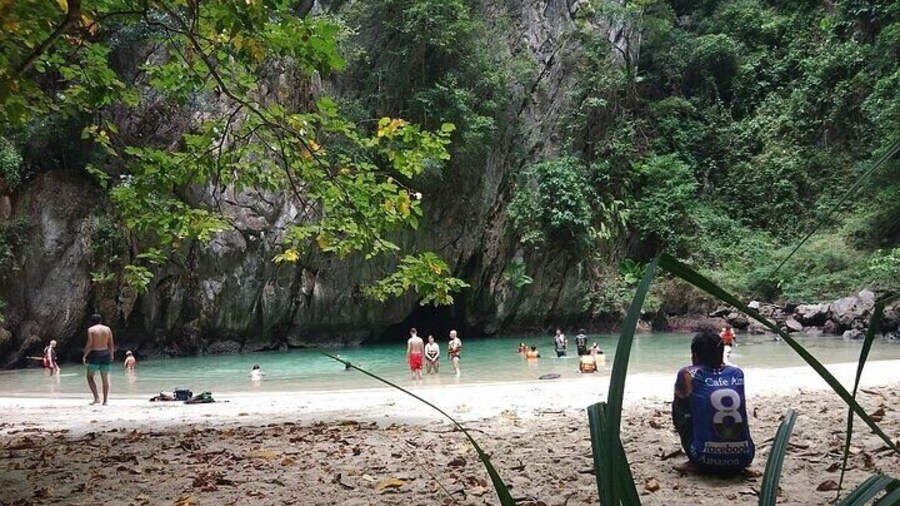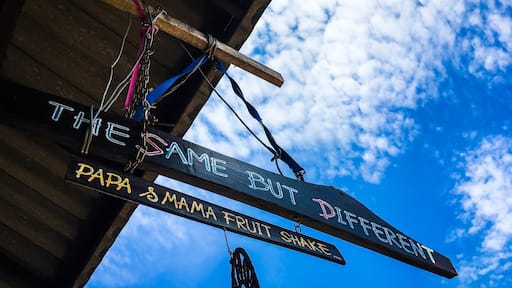Home to stunning beaches and mangroves rich with wildlife, this increasingly popular island has managed to maintain a laid-back atmosphere.
Ko Lanta is certainly not an off-the-beaten path destination but its long stretches of sand feel quiet and secluded. Steady tourism ensures that the island offers extensive dining and nightlife options, as well as activities ranging from diving to yoga.
Head to Ko Lanta’s east coast to explore Muslim fishing villages, where locals continue to practice their traditional way of life. Quaint Lanta Old Town is particularly wonderful to visit during March, when the neighborhood comes to life with traditional food and entertainment for the Laanta Lanta Festival.
Although it would be tempting to spend every day stretched out under the sun on one of Lanta’s four main beaches, Mu Ko Lanta National Park is well worth leaving the beach for. Hike through the park’s lush jungle, where you can spot monkeys, egrets, snakes and other fascinating wildlife. Don’t miss the romantic old lighthouse resting on the cliff of Ta Noad Cape, a gorgeous lookout point over the park’s two beaches.
Khlong Jak Waterfall offers another rewarding hike through jungle vegetation and rocky cliffs. Cool off in the natural pool found at its base. Kayak or arrange a boat tour around Thung Yee Pheng Mangrove Forest, where you can spot fiddler crabs, cranes and sea eagles.
Ko Lanta is one of Thailand’s top yoga destinations, with both full-length classes and relaxed beachside sessions available. Take a class at one of the island’s cooking schools, where you can learn how to make spicy pad thai and sweet mango sticky rice.
Snorkel, scuba dive or kayak to nearby islands, such as Ko Rok and Ko Bida. The waters off Ko Lanta’s coast are also excellent for surfing, boogie boarding, sailing and fishing.
The closest airport is Krabi International, from where Ko Lanta can be reached in a little over an hour by a combination of bus and ferry transport. Tourism in Ko Lanta is highly seasonal, with many local businesses closing during the rainy season from May to October.

